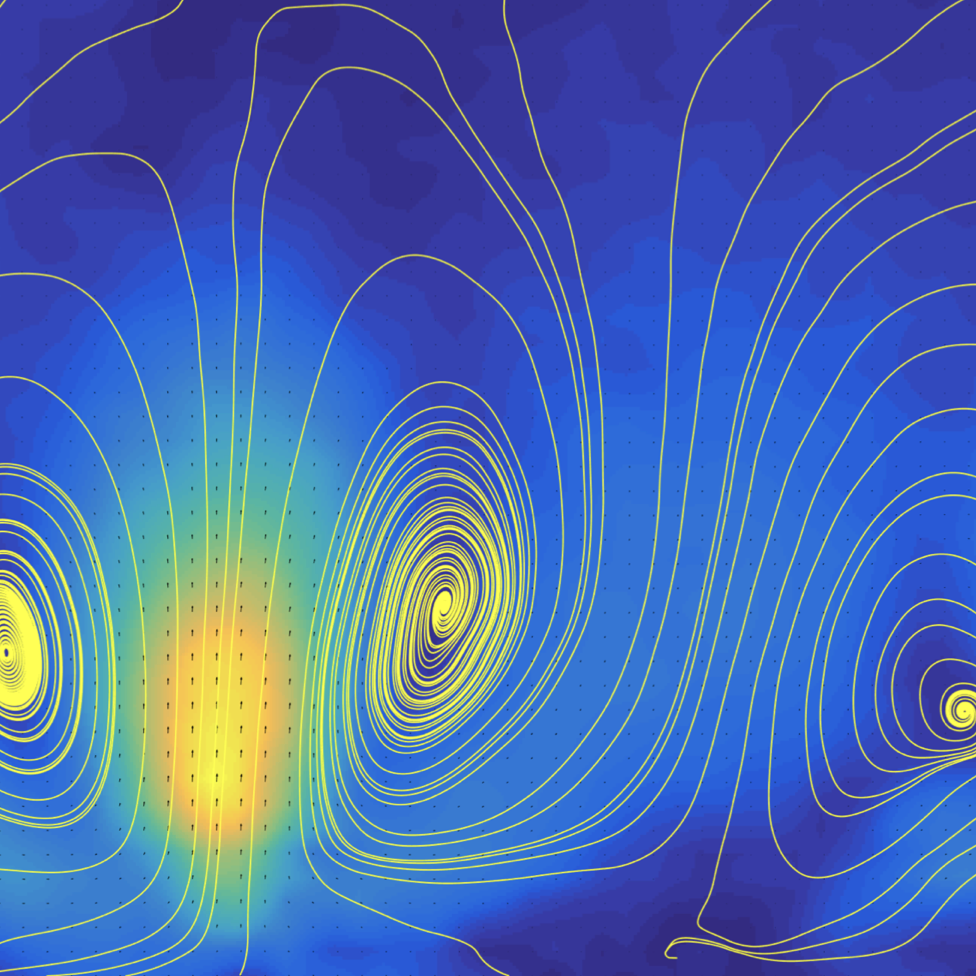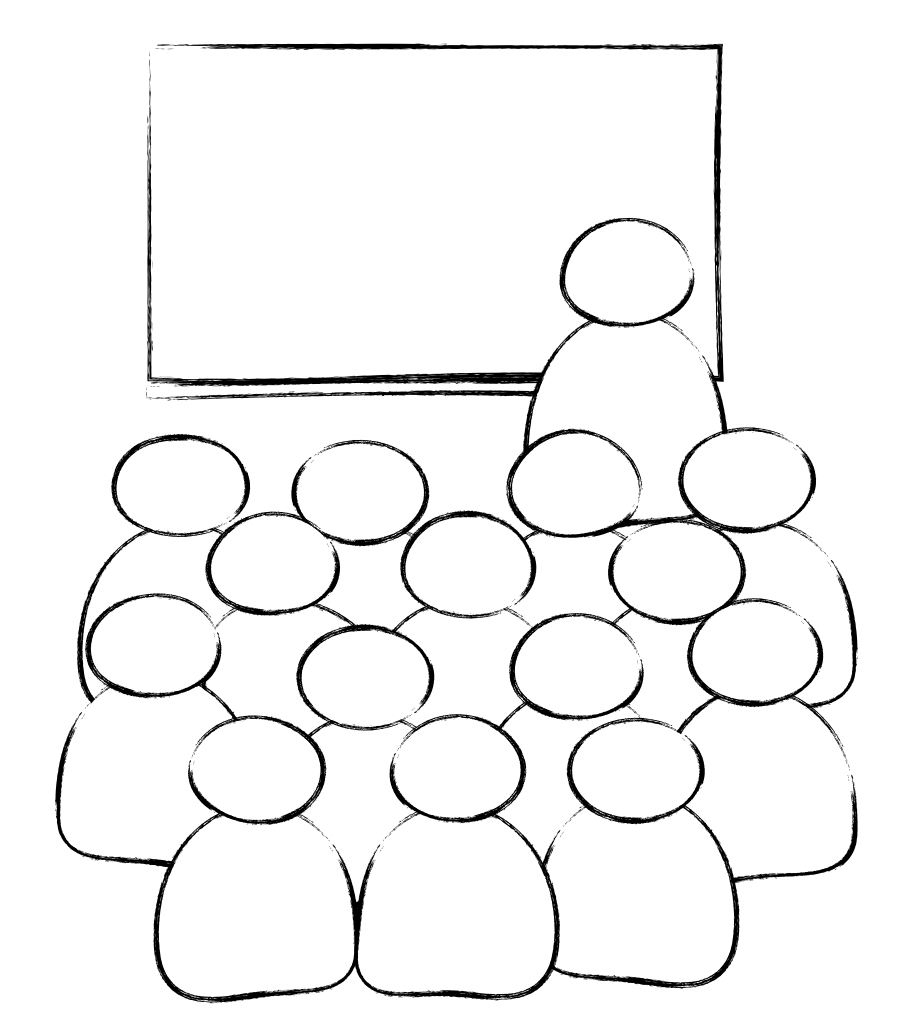Bacterial contamination in complex fluids.
Upstream swimming of bacteria near surfaces is enhanced in shear-thinning and viscoelastic fluids.
I am a Simons' Postdoctoral Fellow in the Center for Mathematical Biology at the University of Pennsylvania.
I build mathematical and numerical models for hydrodynamics problems that arise in soft active matter and biological physics, with particular interest in self-organization and complex environments.
I completed my PhD in 2022 at Cambridge in the group of Eric Lauga.

I work on problems at the interface between biology and fluid mechanics at small scales.
Specifically, I have been working on the influence of confinement on the large-scale patterns that emerge in suspensions of self-propelled particles interacting through the fluid.
I also seek to understand the interplay between the properties of complex fluids, and an organism swimming and sensing its surroundings.
Although I carried out experiments for projects in the MMN lab and at McMaster University , my current work is theoretical. That said, some of my favorite projects so far focused on understanding existing experimental data by building minimal models and simulations.
The gallery below shows some snapshot of current and recent research projects.
Upstream swimming of bacteria near surfaces is enhanced in shear-thinning and viscoelastic fluids.
Hydrodynamic interactions with surrounding particles can improve the efficiency of helical propulsion, as shown experimentally.
A sequence of symmetry-breaking sets the self-organisation of biased swimmers in a drop.

Plumes emerge and grow in a concentrated suspension of MTBs aligned to an external field. We explain these novel dynamics using hydrodynamic singularities.
How much do hydrodynamic interactions control the stability clusters of self-propelled droplets? We study the hydrodynamic formation and breaking of circles of squirmers
Study of the spatial distribution of Chlamydomonas algae in a microfluidic chamber mimicking foam Plateau borders. A geometric billiard model shows that the swimmers get trapped in corners.
Describing the stochastic dynamics of microscopic particles driven by the motion of surface-attached bacteria undergoing run-and-tumble motion.

DRL 3N4C, Department of Mathematics
University of Pennsylvania
209 S 33rd Street, Philadelphia, US
Email: athery (at) sas.upenn.edu